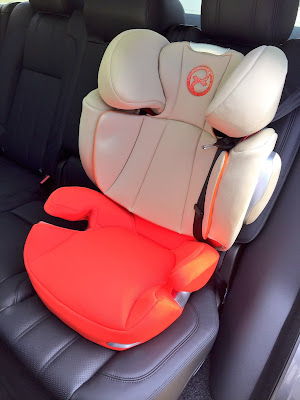NEWS: Winter Is Coming! Make Sure Your Car Isn’t Caught Out!
With America’s east coast being thoroughly battered by the recent super-storm, British complaints about the weather seem a little inappropriate. Still, a blast of arctic air has ensured things feel a little cold around these parts (a second pair of pants only go so far) and the snow that fell offered a timely reminder to motorists that winter may as well be here.
The distinguishing feature of a British winter is that you don’t know when it’s going to start, or what it’s going to do. In this guide from Nationwide Vehicle Contracts we see how being prepared for winter may spare you from unpleasant journeys and genuine danger.
Combating the cold
- Cold weather creates treacherous road conditions, but low temperatures are a threat to the normal operation of the car itself.
- Wake earlier and run your air conditioner to de-mist your windscreen. You can speed the process up a little by adding de-icer to your windscreen washer fluid and running your wipers.
- Your radiator and engine block can freeze, and possibly even crack. Make sure you have a solution of 50% antifreeze and 50% water in your cooling system when winter comes along.
- Ensure you use the correct anti-freeze in your car: Your owner’s manual should make a recommendation, but most modern cars use long-life antifreezes. Avoid mixing types of anti-freeze.
- If your engine makes any unusual sounds or your car begins to overheat, frozen water may be causing a blockage. Immediately stop somewhere safe, turn off the engine and investigate.
- Keep de-icer in the car, but also have a backup supply outside it in case the locks freeze.
Though local councils appear to be getting better at gritting roads and clearing snow, you are still going to encounter problems when out and about in winter. A lack of grip and poor visibility will blight your drive, and it’s important that you prepare your car and yourself for driving in these conditions:
- Winter conditions make checking tyre tread depth and factory mandated inflation absolutely critical.
- Change your fuel habits: top up more regularly.
- Bring a second pair of shoes for driving (snow covered shoes obviously offer poor grip).
- Avoid back-road routes and hills, if you can. Plan you route before you set out.
- Accelerate gently, turn slowly, brake carefully and early. Drive with more distance between you and other cars.
- Bear in mind that snow-chains are only useful in deep snow, and will need to be taken off on concrete.
Even if you keep your car in tip-top condition, it only takes a sudden snowfall on an inadequately gritted road for you to be well and truly stuck. Before you set off, it’s a good idea to travel with the following in the boot, so you can react to any problem or simply sit it out without risking exposure to the elements:
- Jump leads.
- Small shovel.
- Small knife.
- Blanket.
- First-aid kit.
- Flashlight with spare batteries.
- Energy / Granola bars.
- Large bottle of water.
- Bag of sand or cat litter (to create traction).
- A spare phone.
- Map.
- Something to read!
Safe Winter driving folks!


Comments
Post a Comment